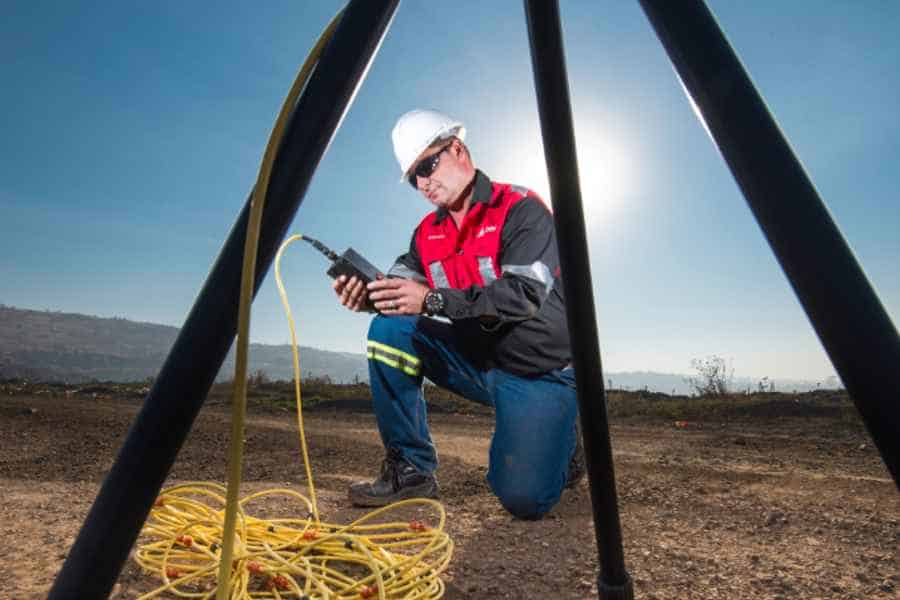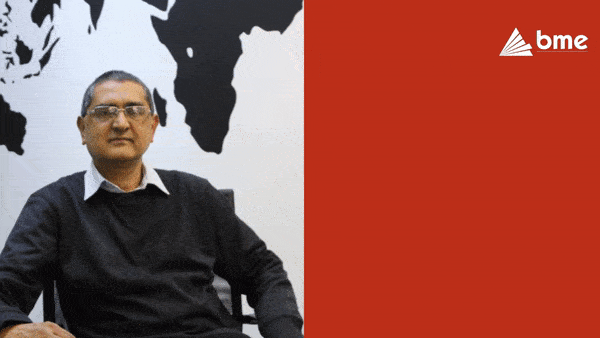The steady growth of the International Society of Explosives Engineers’ Australian conference and exhibition shows how blasting technology and expertise is constantly improving, according to BME Australia.
With one of the largest stands at the exhibition, BME Australia has been a regular sponsor of the ISEE’s Australian chapter – which hosted its fourth annual event in Brisbane recently. The gathering attracted about 200 delegates and almost 30 exhibitors, said Tom Dermody, technical services manager of BME Australia.
“With the much-improved conditions now prevailing in the local mining sector, it is encouraging to see the mines’ growing interest in quality blasting,” said Dermody. “It is clear that customers can see the productivity benefits that new blasting technology can deliver – and the good turnout at the ISEE conference means they want to embrace these developments.”
The ISEE’s mission is to advance the science and art of explosive engineering, and it brings together experts to share knowledge and experience to improve the safety and efficiency of blasting. The Australian chapter’s event began four years ago, attracting about 35 delegates and six exhibitors.
“The Brisbane meeting was another important opportunity for industry specialists like us to get together with customers and other technology providers,” he said. “Raising the bar means sharing the latest developments to further improve the competitiveness of Australia’s mines.”
He noted that the Australian chapter was one of the largest in the global ISEE network.
Delegates showed continued interest in BME’s AXXIS technology, said Tinus Brits, BME’s global product manager – AXXIS, who was part of the BME delegation.
“Our AXXIS system has achieved considerable success in Australia, so there was much excitement about our new AXXIS Titanium product that we exhibited in Brisbane,” said Brits. “Conference delegates appreciated the fact that our product development is based on our daily experience in the field, and on feedback from our customers.”
He highlighted that today’s mining sector expected suppliers to use industry events like these to publicise both their technology achievements and their plans.
“Improving productivity is always a priority, so mines want to know what we are working on that could benefit them in the future,” he said. “Safety remains vital, while the drive is for larger blasts and less downtime.”
The accuracy of the AXXIS system with its use of electronic detonators has made it a leader in this field, said Dermody. With a maximum firing time capability of 35 seconds from the start to the end of a blast, the system’s reliable performance and flexibility has earned it a number of blasting records for the most detonators initiated in a single blast.
One of the most recent was at the Caval Ridge coal mine in Queensland in late 2018, where a world record number of 7,350 AXXIS detonators were successfully fired by the mine’s blasting team. The 1,700-metre blast pattern was loaded over five days, then logged, tested and fired within two days.
“We were pleased to report that there were no errors or delays in the execution of the shot,” said Dermody. “The BME technical team were there to provide support and this helped ensure a smooth process.”





